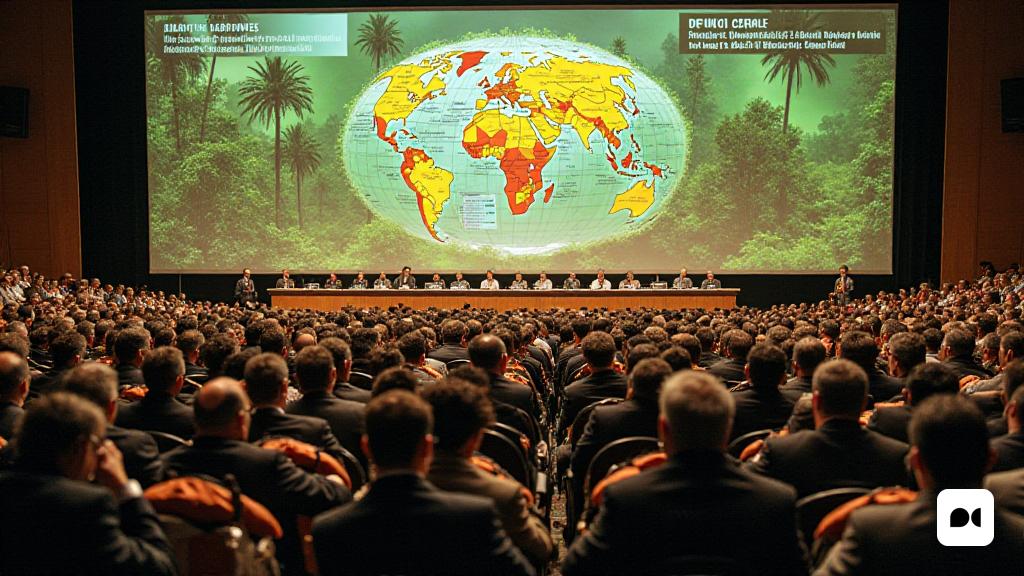The Current Scenario of Biodiversity
There are only five days left for the world’s nations to reach an agreement that could halt the rapid loss of biodiversity. At a time when the voices of science are more important than ever, environmental organizations and researchers continue to argue that scientific data must be prioritized in discussions at the global biodiversity summit in Cali, Colombia.
Objectives and Commitments at COP16
The nearly 200 states present at the summit are preparing to formalize the commitments arising from the Kunming-Montreal Global Biodiversity Framework, an agreement that seeks to protect the planet’s ecosystems and biodiversity. Jaume Grau, biologist from Ecologistes en Acció, points out that the aim is to put an end to harmful practices that threaten biodiversity, although the lack of agreement on how to do this is a cause for concern.
Funding and Necessary Resources
The summit seeks to mobilize at least $200 billion to protect life in ecosystems, with a portion of these funds coming from reduced subsidies for destructive activities. Grau highlights the need to end investments in sectors such as agro-industry or intensive fishing, which contribute to the current crisis.
The Role of Companies and Corporate Pressure
Organizations such as Greenpeace emphasize the importance of moving towards agroecological models, which not only increase biodiversity, but also reduce CO₂ emissions. Sandra Carrera, from the Nature Conservation Network, also points to the agricultural sector’s resistance to abandoning public subsidies that favor intensive production.
Criticism of Environmental Compensation
Criticism of environmental compensation strategies is growing stronger. Celia Ojeda, responsible for biodiversity at Greenpeace, emphasizes that companies must not only compensate for damage, but must also reduce their emissions and impacts directly. The logic of ‘compensating here to damage there’ is considered perverse, according to Grau.
Biodiversity and Public Policies
Environmental organizations insist that it is crucial to integrate biodiversity conservation into all public policies. One of the clearest examples of the biodiversity crisis in Catalonia is the Llobregat delta, which has experienced a drastic decrease in its animal populations in the last two decades.
The Pressure of Urban Growth
Urban growth and the transformation of land uses are key factors in the loss of biodiversity. Grau points out that in the Llobregat delta, more than 60% of the territory is urbanized. The proposal to expand El Prat airport generates an intense debate on the compatibility between economic growth and the protection of nature.
Towards a Sustainable Future
The Catalan government’s participation in COP16 aims to ensure that the conditions are created to effectively implement the Global Biodiversity Framework. However, critical voices warn that the decisions taken could be more influenced by political and economic interests than by the need to protect biodiversity.
The Power of Indigenous Peoples
One of the most important demands of civil society is that indigenous peoples have the power to manage their territories. Their experience in conservation is essential to face the biodiversity crisis, and a change of mentality is required that prioritizes their voice and rights.

